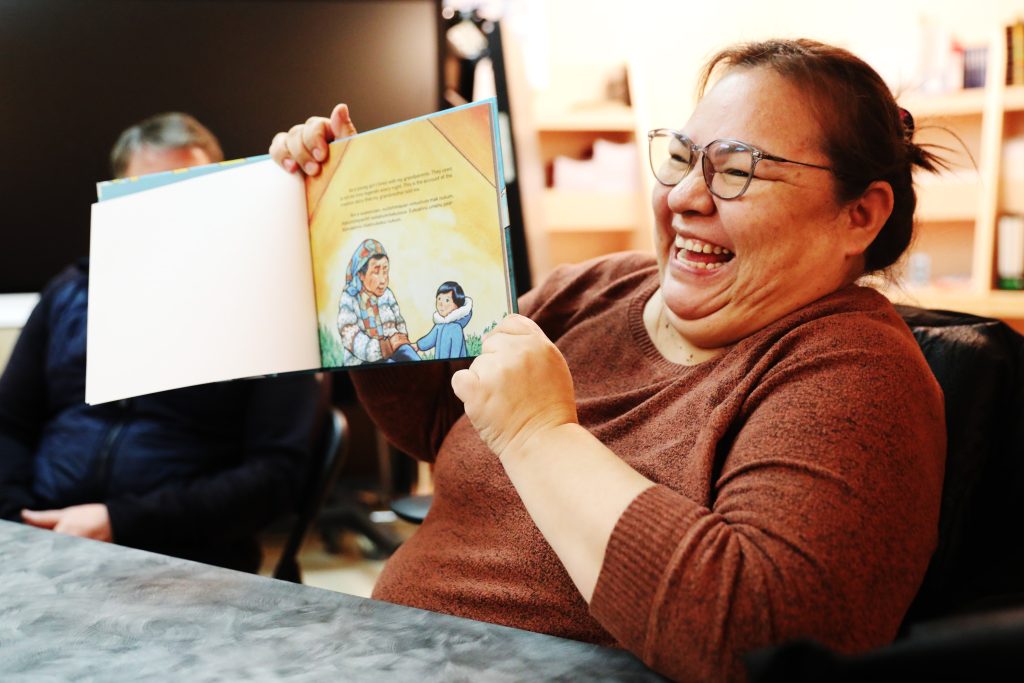The Glooscap First Nation has become the majority owner of the Nova Scotia shipyards, marking a significant milestone for the Indigenous community.
The historic agreement was announced on Tuesday, with the Mi’kmaq community acquiring a 51% stake in the Irving-owned Halifax Shipyard and the East Isle Shipyard in Georgetown.
This partnership is a result of the federal government’s commitment to increase Indigenous participation in the country’s economy, particularly in the marine industry.
Chief Sidney Peters of the Glooscap First Nation expressed his gratitude for the opportunity, stating that it is a step towards self-determination and economic independence for their community.
The shipyards are known for their expertise in building and repairing naval and commercial vessels, making this partnership a valuable asset for the Glooscap First Nation.
In addition to the majority ownership, the agreement also includes a commitment from Irving to provide training and employment opportunities for the Mi’kmaq community.
This is a significant step towards reconciliation and creating a more inclusive and diverse workforce in the marine industry.
The federal government has also committed to investing $300 million in the shipyards over the next 30 years, which will further support the growth and success of this partnership.
The Glooscap First Nation has a long history of seafaring and fishing, making this partnership a natural fit for their community.
This ownership will not only bring economic benefits but also cultural significance for the Mi’kmaq people.
The partnership has been praised by various leaders, including Prime Minister Justin Trudeau, who stated that it is a testament to the strength and resilience of Indigenous communities.
This milestone marks a positive step towards reconciliation and economic empowerment for the Glooscap First Nation, and it is hoped that it will serve as a model for future partnerships between Indigenous communities and the private sector.



